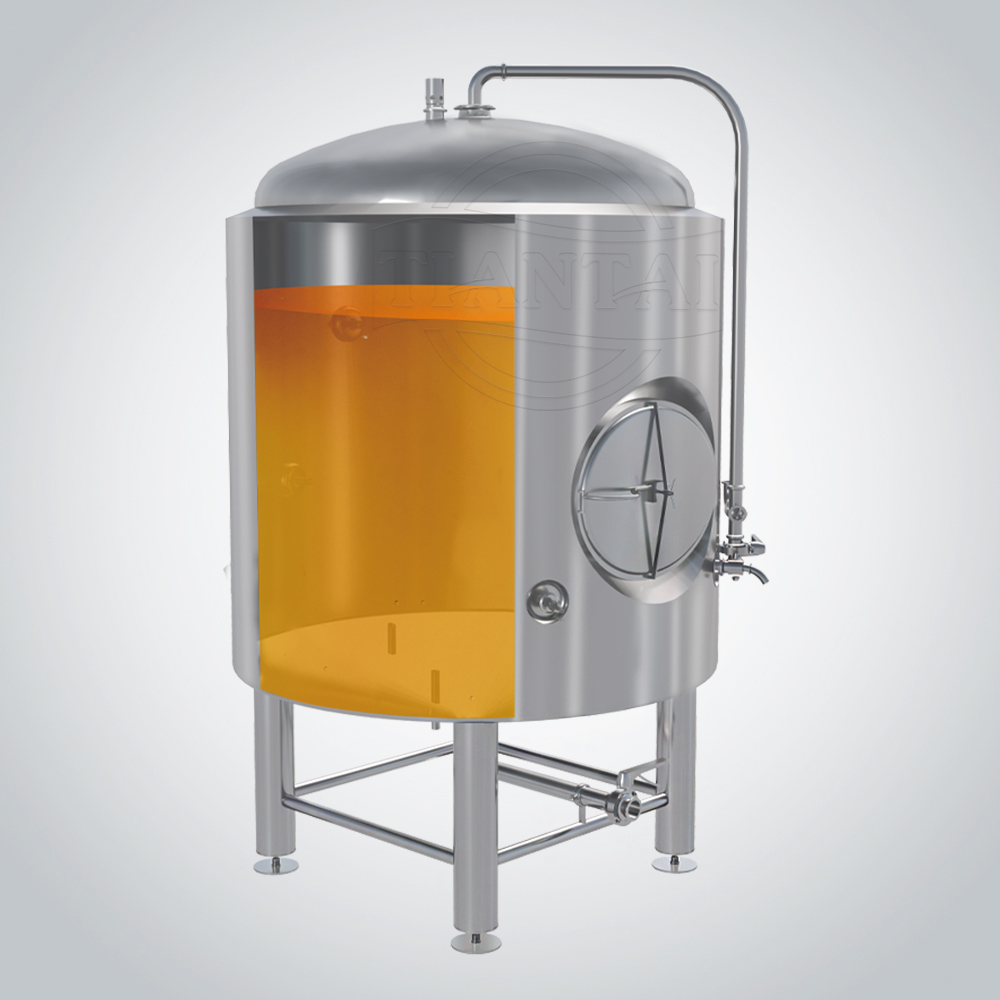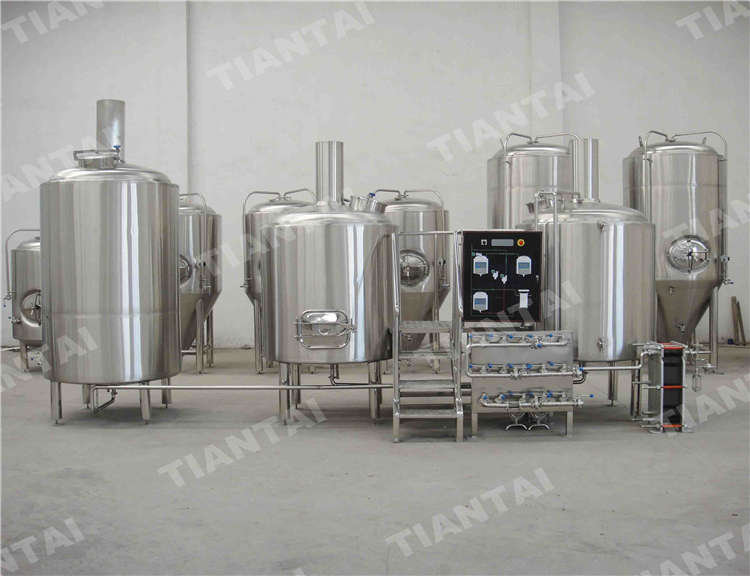When it comes to the beer brewing process, one crucial phase is the use of a brite tank, where the beer undergoes final conditioning before packaging. Understanding how long beer stays in a brite tank is essential, as it influences not only the beer’s flavor and clarity but also the operational efficiency of the brewery.
A brite tank is a vessel used to mature, clarify and carbonate beer. Whether you call it a Brite tank, bright tank, serving tank, or storage tank, its role is unwavering – to preserve beer in its brightest and most refined form.
The length of time beer stays in a brite tank can vary depending on several factors:
Beer Style: Lighter beers like pilsners, pale ales, and lagers often require more time in the brite tank to achieve clarity and proper carbonation. They typically stay in the tank for 2–5 days. Heavier beers like stouts and porters may require less time, as they tend to be naturally less carbonated and do not need to be as clear.
Clarity Requirements: One of the main purposes of a brite tank is to clarify the beer. If the brewery is producing a hazy beer, like a New England IPA, it may require less time in the tank compared to a clear beer. For those targeting crystal-clear beer, additional time might be needed for any remaining yeast, proteins, or particles to settle out.
Carbonation Process: The beer is carbonated in the brite tank, and depending on how much CO₂ needs to be dissolved into the beer, this process can take several hours to a few days. Force carbonation can be completed relatively quickly, while natural carbonation (by using residual yeast and sugar) might require more time.
Production Volume: Large-scale breweries with fast production cycles may limit brite tank time to 24–48 hours to keep up with demand. Smaller craft breweries may allow their beers to condition for longer to develop deeper flavors.

In some cases, certain beers benefit from extended stays in the brite tank, ranging from a week to even longer. This is common with lagering (cold storage) beers like traditional German lagers. These beers are held at near-freezing temperatures for weeks to months to achieve their clean, crisp profile. This process also allows for the removal of sulfur compounds and other undesirable flavors that could detract from the beer’s quality.
In general, beer spends anywhere from 1 to 5 days in the brite tank, though this can extend based on beer style, desired clarity, and carbonation requirements. Lighter and clear beers may need more time, while hazy or unfiltered beers can require less. Regardless of the duration, time in the brite tank is vital to the quality and consistency of the final product.
This process requires a balance—too long in the brite tank can slow down production, while too short may result in an underdeveloped beer. Ultimately, the length of time beer stays in a brite tank is a decision made by the brewer based on their goals for each batch, taking into account the unique characteristics of the beer they are crafting.


